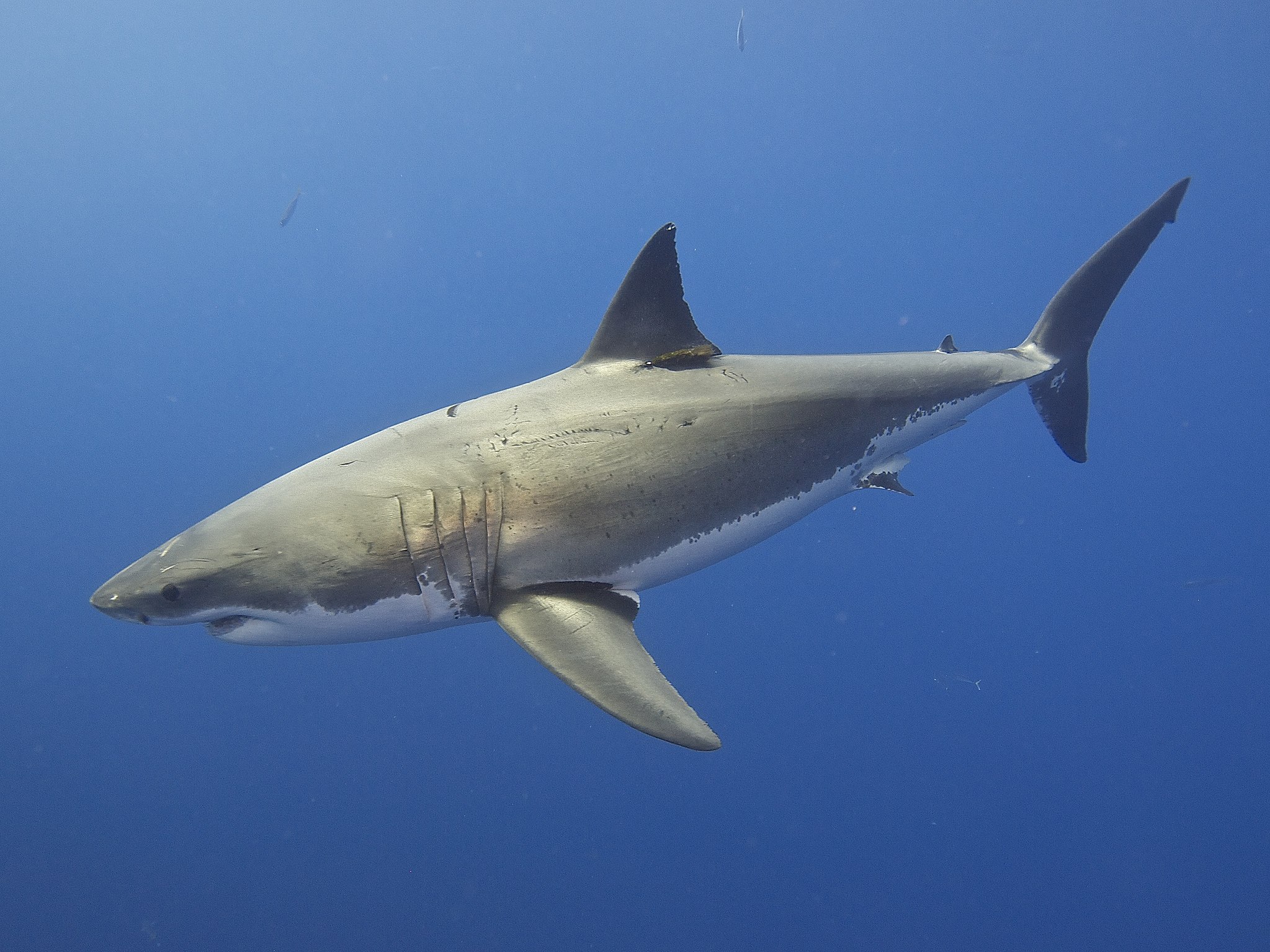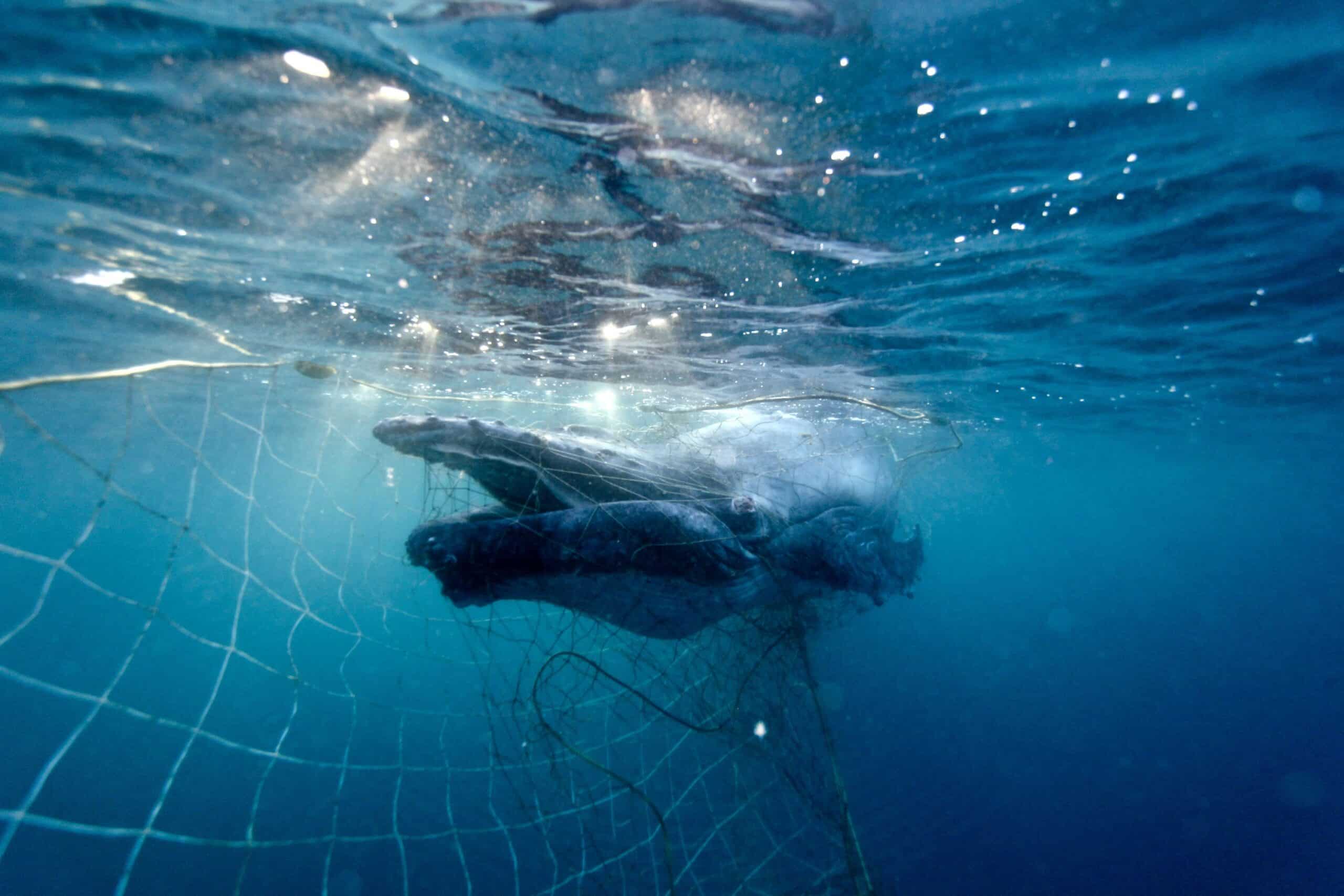Research shows that Australia’s great white sharks are highly related to each other and may consist of fewer than 500 breeding animals. SYDNEY, 24 June 2025: Latest research has found Australia’s great white shark population is much smaller than expected, increasing their vulnerability to further population threats. The population...
Invertebrates are an often-forgotten group in wildlife conservation, despite making up around 97% of all animals. They’re considered to be uncharismatic or unlikeable by some people, but this couldn’t be further from the truth!
Land snails
Land snails are an undoubtedly underappreciated group of invertebrates, but they have essential ecosystem functions. They work tirelessly in leaf litter and just beneath the soil’s surface, acting as decomposers, enriching the soil, and cycling calcium. They’re also (likely less enthusiastically) a food source for other wildlife such as birds, lizards and turtles.
Typically land snails are found in moist environments like rainforests, wetlands, forests, and even backyards. Within appropriate habitat they can be found hiding in rolled bark, leaf litter, topsoil, and under rocks or decomposing logs.
Diversity of land snails in Australia
There are around 2,500 named native land snail species in Australia. However, it’s believed that many are yet to be discovered or classified taxonomically.
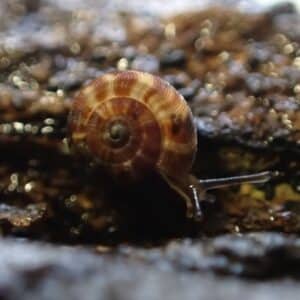 Beautiful detail of Scelidoropa gatliffi shell
Beautiful detail of Scelidoropa gatliffi shell
Photo credits: Georgie Custance
Environmental indicators
Land snails’ reliance on moisture in their habitats means populations can be affected by slight environmental changes such as warming climates, inappropriate or altered fire regimes or pollution. They’re also an accessible invertebrate group to monitor with their hard shells able to persist in environments even after the animal has died, making them easier to monitor than other soft-bodied invertebrates. These factors combined make them great environmental indicators.
Land snails in the Otway Ranges
A recent citizen science research project conducted in the Otways region of Victoria through a collaboration between the Threatened Species Conservancy, Southern Otway Landcare Network and the Australian Museum, Searching for our lost snails: The Great Otways Snail Blazer, showcases how much there still is to learn about native land snails. I was lucky enough to work on this project in a previous role as a Graduate Ecologist for the Threatened Species Conservancy.
The project aimed to investigate communities of land snails in the Otways while also searching for two threatened species of locally endemic land snails, which have been recorded few times in the region over the last 30 years: the Erskine River pinwheel snail (Bonhanamoropa erskinensis) and the Splitters Falls land snail (Geminoropa scindocataracta). Amazingly, these species measure just 1.5-2.3mm in size.
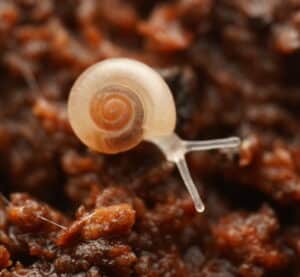 The Erskine River pinwheel snail (Bonhanamoropa erskinensis) was rediscovered in 2022 by Bruno Bell
The Erskine River pinwheel snail (Bonhanamoropa erskinensis) was rediscovered in 2022 by Bruno Bell
Photo credit: Bruno Bell
As a region with high rainfall, the Otway Ranges boasts high endemism of its land snails. A threatened yet well-known land snail in the Otways community is the Otway black snail (Victaphanta compacta). It’s relatively well recorded on the citizen science phone application iNaturalist, with its larger comparative size of up to 28mm potentially contributing to it being noticed more often by admirers over other smaller snail species. The intriguing Otway black snail species is carnivorous, preying upon other snails, earthworms and slugs!

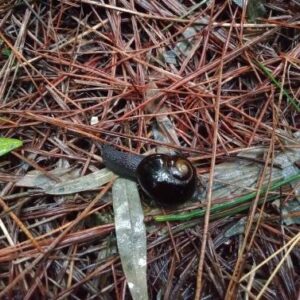
Otway black snail (Victaphanta compacta)
Photo credits: (L) Georgie Custance (R) Louisa Bartels
From surveys across public land and privately owned properties of Southern Otway Landcare network members, the Great Otway Snail Blazer project produced some unexpected results. Perhaps most notably, five undescribed snail species and one undescribed genus were found, specimens of which were found on private properties located less than 5km from the closest township of Apollo Bay.
It’s clear from this project that native land snails are a group of invertebrates that have been overlooked due to their smaller size, but also potentially due to low public awareness. Private land conservation can help provide essential habitat for land snails, with well-managed properties retaining microhabitats for snails such as fallen logs and natural debris, revegetating areas by planting a good composition of local and indigenous natives, as well as removing invasive weed species to minimise available habitat for introduced snail species to thrive in, playing particularly important roles.

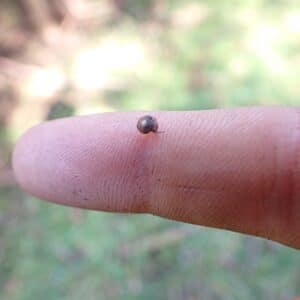
Scale of land snails found during fieldwork for the project. Left: The southern hairy red snail (Chloritobadistes victoriae), Right: Unknown snail species.
Photo credits: (L) Louisa Bartels (R) Georgie Custance
The Great Otway Snail Blazer project is an example of a group of private landholders, who in the process of conserving their land and making efforts to restore it to its natural state, have provided habitat for native snails to survive in. Without the efforts of these landholders these snails may have not had appropriate conditions to continue their complex lives under the soil.
Don’t forget about the little guys
Improving community awareness and public image is a conservation challenge that many species face. Buzzing backyard friends such as bees are lucky enough to have a positive public image, resulting in landholders supporting the pollinators by providing a diverse range of native plants to promote bee visitation and installing insect hotels to create shelter for nesting. It is wonderful that these practices are becoming more commonplace and that there is greater public knowledge for how we can best assist these invertebrates. However, we must also remember to support the smaller, less noticeable invertebrates such as land snails which are equally deserving of our care.

